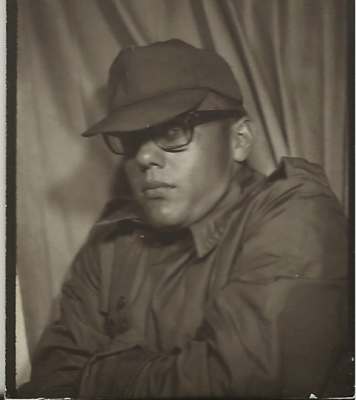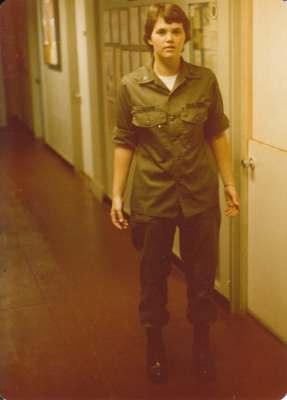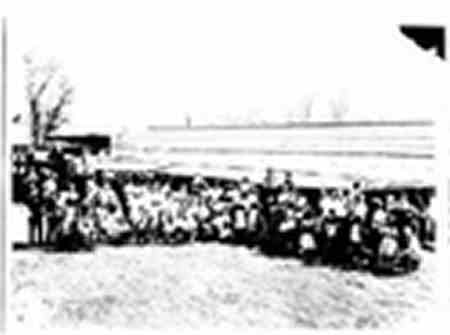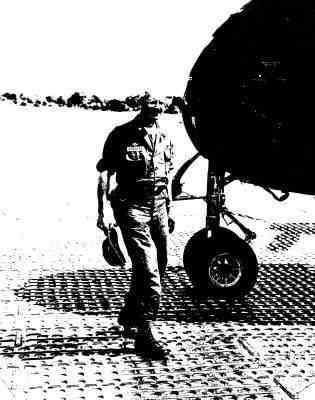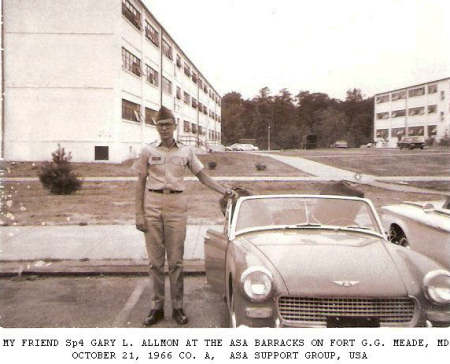ABOUT USASACUPI
- USASACUPI Stands For: United States Army Security Agency, Chitose Unit Processing Installation (USASACUPI), a key U.S. Army intelligence post in Chitose, Hokkaido, Japan during the Cold War.
- Cold War Hotspot: USASACUPI was strategically located to monitor Soviet military communications in the Far East, especially activity in Siberia and the Kuril Islands.
- Joint Efforts: The site often worked closely with other U.S. intelligence units in Japan and the Pacific, sharing signals intelligence (SIGINT) and cryptographic data.
- Cover Story: The installation was sometimes referred to by cover names or as a "communications" or "weather" station to mask its real intelligence-gathering mission.
- Living in Chitose: Soldiers at USASACUPI experienced unique culture shock, adapting to Hokkaido’s cold climate and Japanese customs while maintaining strict security protocols.
- Technological Innovation: The unit utilized advanced radio intercept equipment and cryptanalytic tools, making it a pioneer in early electronic warfare and signals intelligence technology.
- Community Ties: Despite its secretive nature, USASACUPI personnel often engaged in goodwill activities with local Japanese, fostering positive relations during a sensitive era.
- Closure and Legacy: USASACUPI was deactivated as the Army Security Agency reorganized and U.S. intelligence operations in Japan consolidated, but its veterans maintain active reunion groups and share stories online.
- Distinctive Insignia: Veterans of USASACUPI often recall their unique unit patches and memorabilia, treasured as symbols of their covert service.
- Personal Stories: Many who served at USASACUPI recount tales of intercepting mysterious transmissions, enduring harsh winters, and forming lifelong friendships in a faraway land.


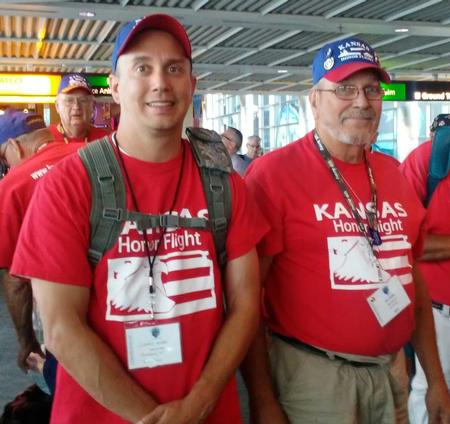



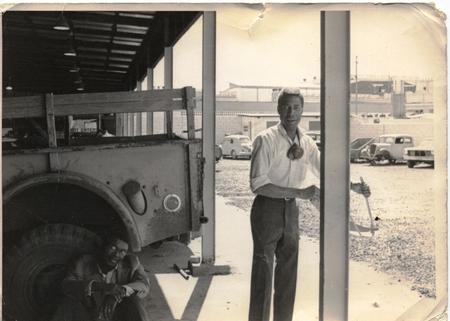
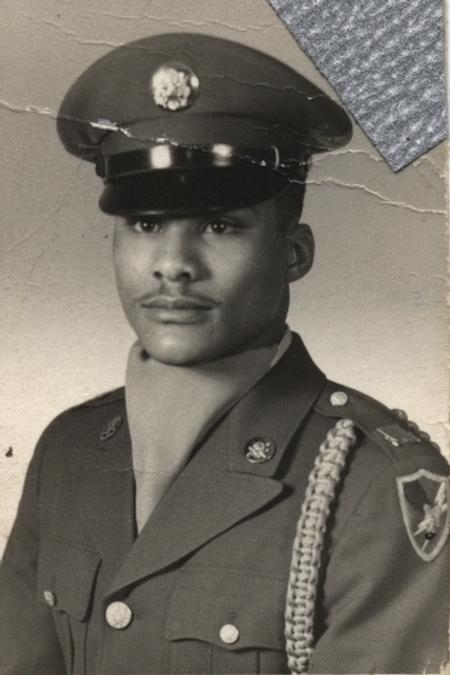
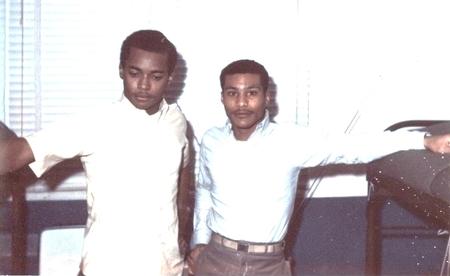
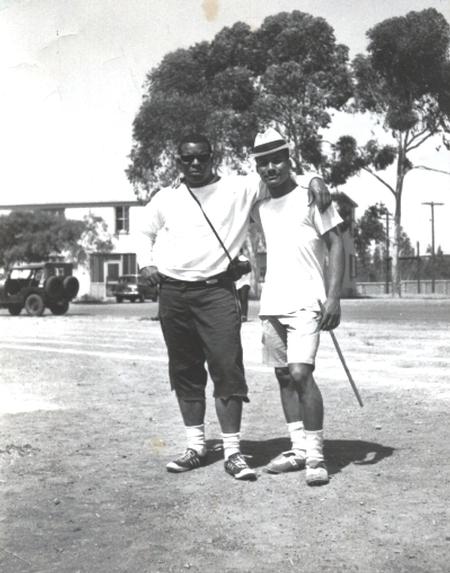
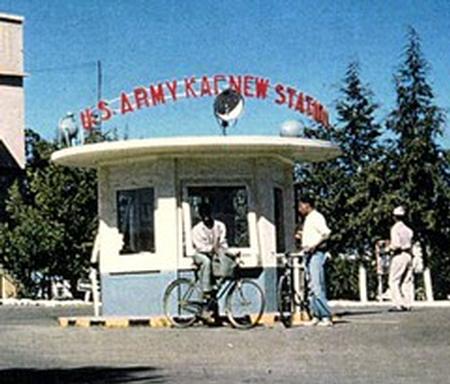
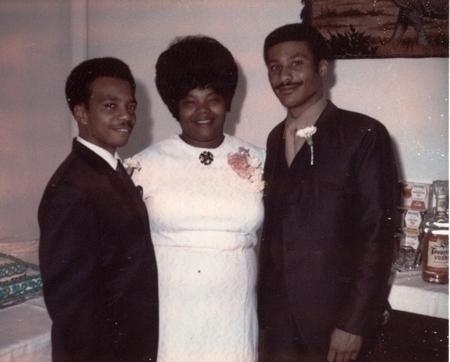
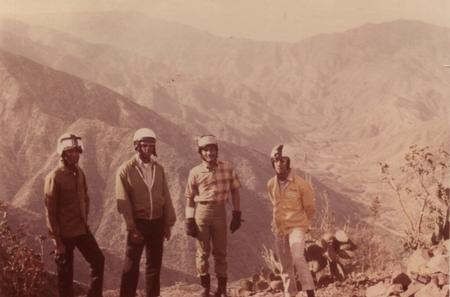
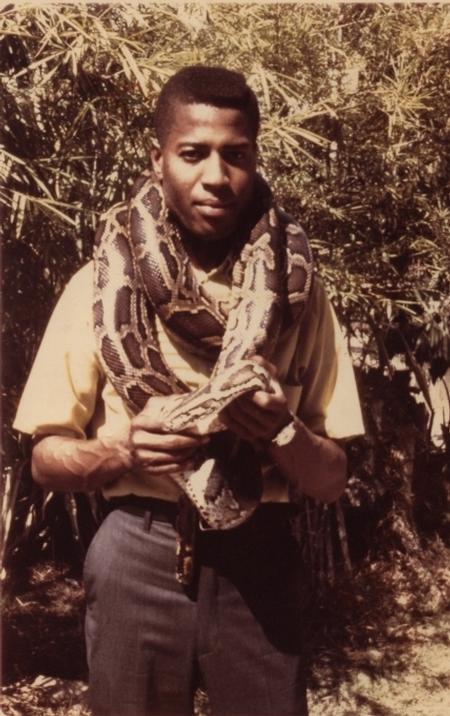

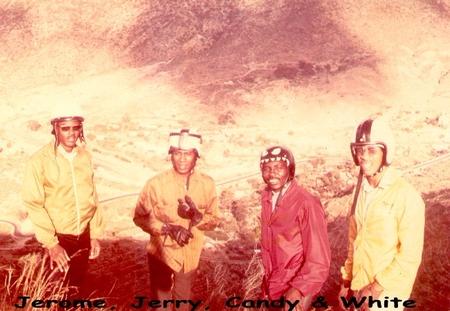
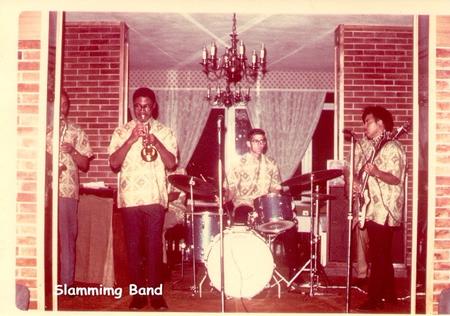


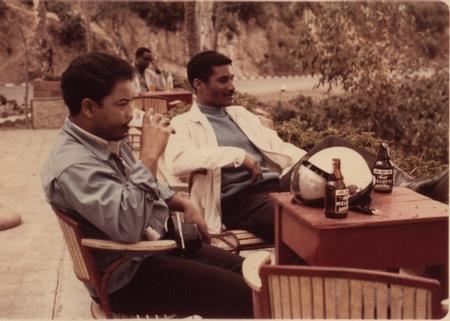

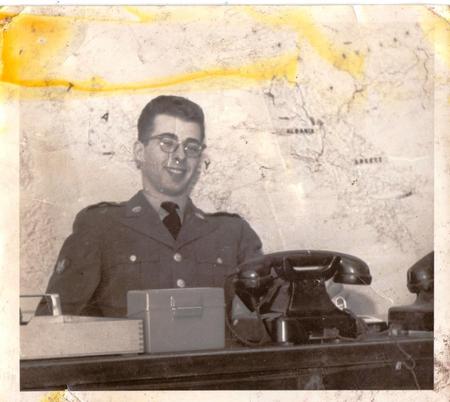
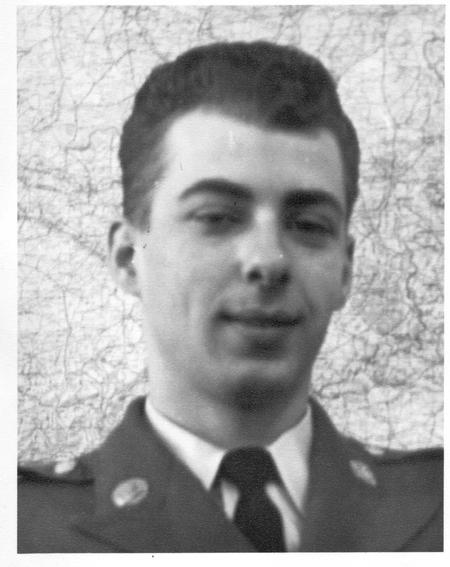

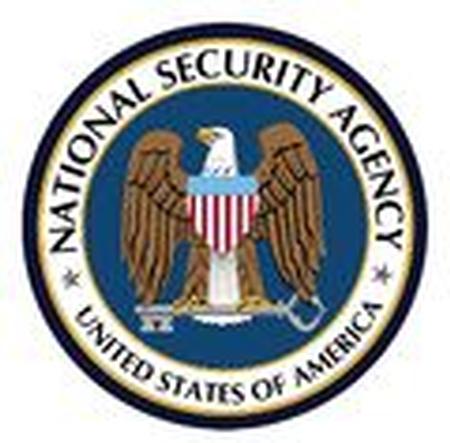
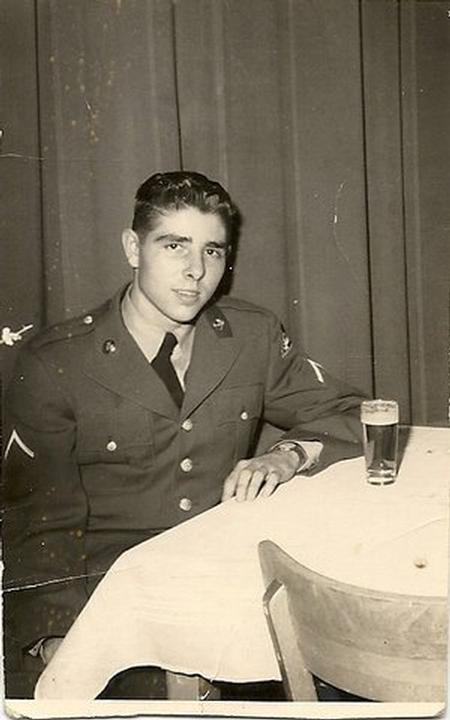

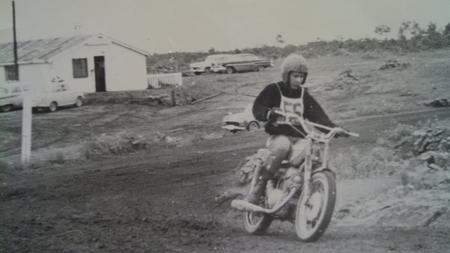


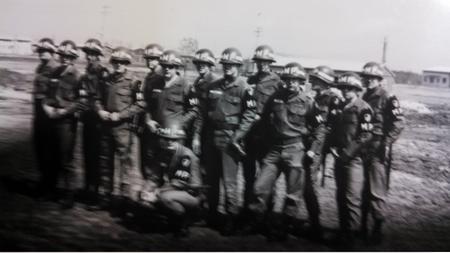
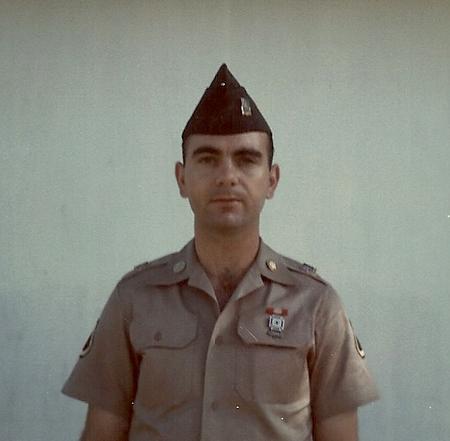


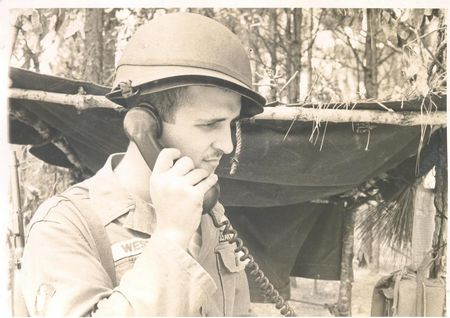
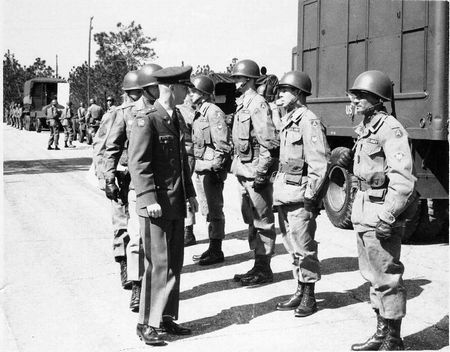
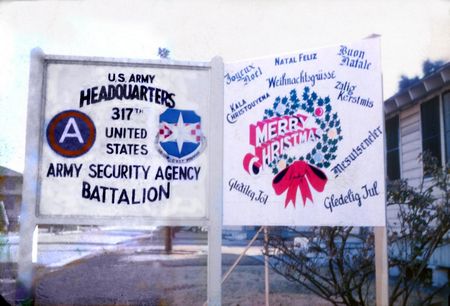
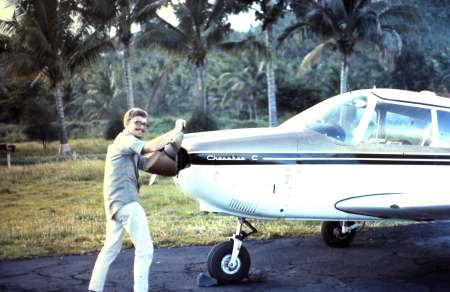
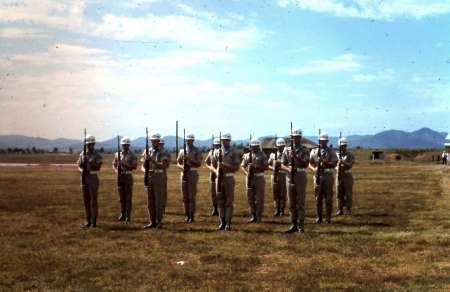
-Reed-83829.jpg)
